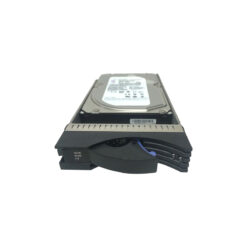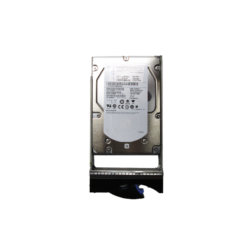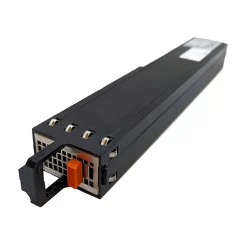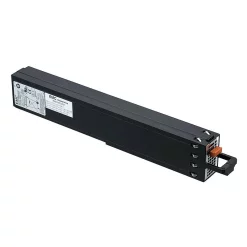Understanding the Current Data Growth Landscape
In the modern era, businesses are inundated with data. With exponential growth driven by increasing digitization, IoT devices, and cloud services, managing this influx effectively and efficiently is a formidable challenge. As data sets expand, so too do the complexities surrounding data storage, security, and access. Companies are pressed to find storage solutions that not only accommodate the sheer volume of data but also ensure speed, reliability, and scalability.
The Role of Dell EqualLogic in Modern Data Management
Dell EqualLogic presents a powerful solution tailored to meet the demands of ever-evolving data storage needs. As a part of Dell’s comprehensive suite of storage products, EqualLogic is engineered to provide a seamless integration experience with a focus on performance and scalability. This agile storage array system leverages an iSCSI storage area network (SAN) to offer both speed and reliability to businesses of all sizes.
Key Features of Dell EqualLogic
- Automated Storage Management: Dell EqualLogic simplifies storage management through its automated tiering and data placement capabilities. This ensures that data is stored on the appropriate tier, optimizing performance and cost-efficiency.
- Seamless Scalability: With Dell EqualLogic, businesses can seamlessly scale their storage infrastructure according to their growing data needs without significant downtime or disruptions.
- Robust Data Protection: Features such as snapshots, replication, and integrated data protection services ensure that data remains secure and recoverable in the event of a failure.
Implementing Dell EqualLogic: Best Practices and Strategies
Leveraging Dell EqualLogic’s capabilities effectively requires strategic planning and execution. Here are some best practices that businesses can adopt:
Assessing Current and Future Storage Needs
Before deployment, it’s essential to conduct a thorough assessment of current storage requirements and predict future growth. This enables organizations to choose the right Dell EqualLogic configurations that fit both present and anticipated needs.
Integrating with Existing Infrastructure
Compatibility with existing infrastructure is crucial for a smooth transition. Ensuring Dell EqualLogic arrays work in harmony with existing IT frameworks will minimize disruptions and maximize the system’s efficacy.
Optimizing Data Placement
Leveraging Dell EqualLogic’s automated tiering settings can significantly enhance performance. Implementing rules for data placement that align with usage patterns allows for optimal utilization of high-performance storage for frequently accessed data.
Comparing Dell EqualLogic to Other Data Storage Solutions
In the realm of enterprise data storage, there are several options available. How does Dell EqualLogic stack up against its competitors?
| Feature | Dell EqualLogic | Competitor A | Competitor B |
|---|---|---|---|
| Scalability | Excellent | Good | Fair |
| Ease of Use | Intuitive Management Tools | Complex Interfaces | Moderate |
| Data Protection | Comprehensive Features | Basic Feature Set | Limited |
Market Adaptation and Feedback
The integration of Dell EqualLogic in business scenarios reveals its high adaptability and efficiency. User reviews typically highlight its robust performance, ease of use, and reliability compared to other solutions. Businesses report significant improvements in data management processes, enabling them to focus more on strategic tasks rather than being bogged down by infrastructure limitations.
Cost Considerations
While Dell EqualLogic is typically positioned at a competitive price point, it’s crucial to factor in the long-term savings it offers through reduced management overhead and improved operational efficiency. Unlike some alternatives, its ability to grow with the business ensures cost-effectiveness over time.












